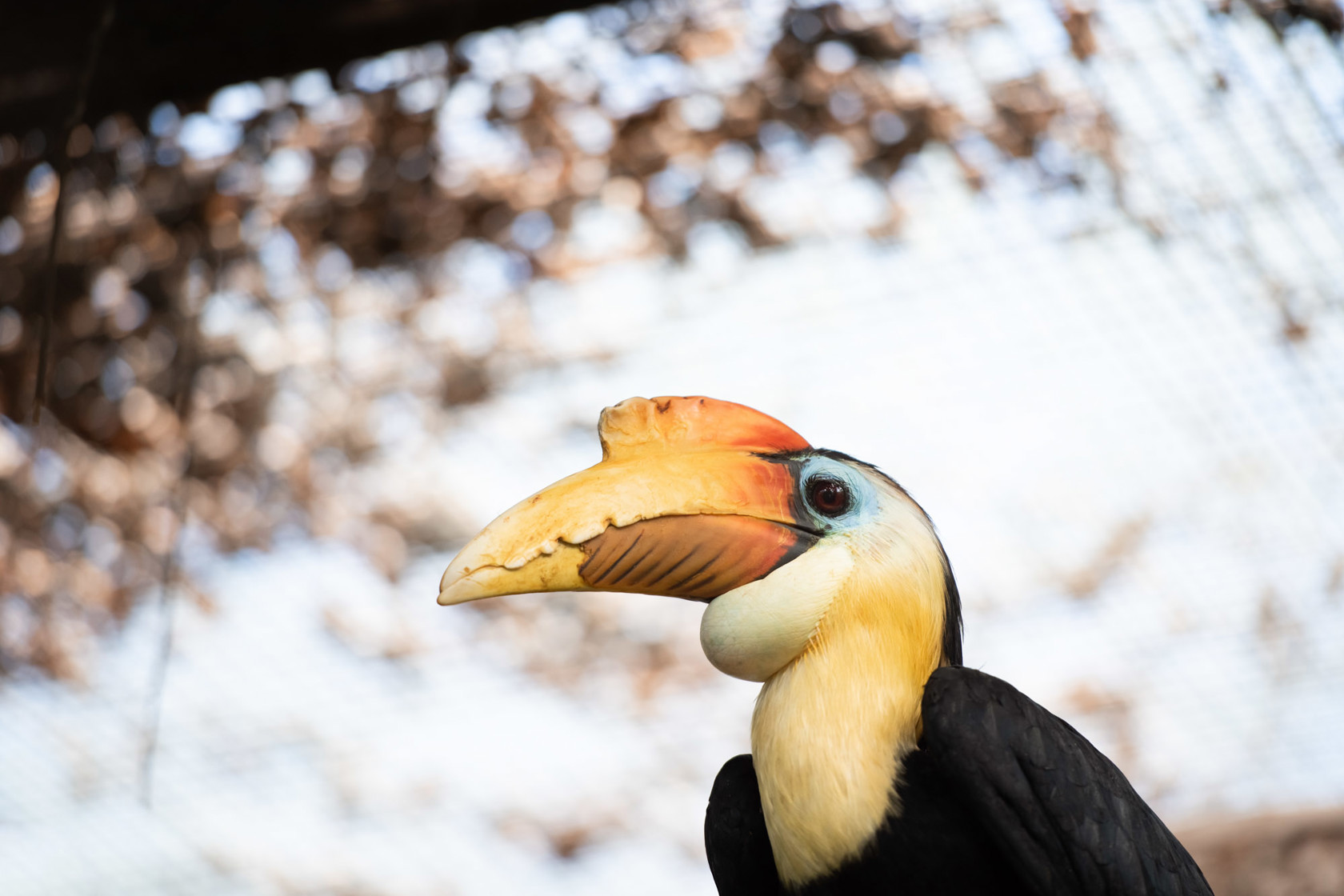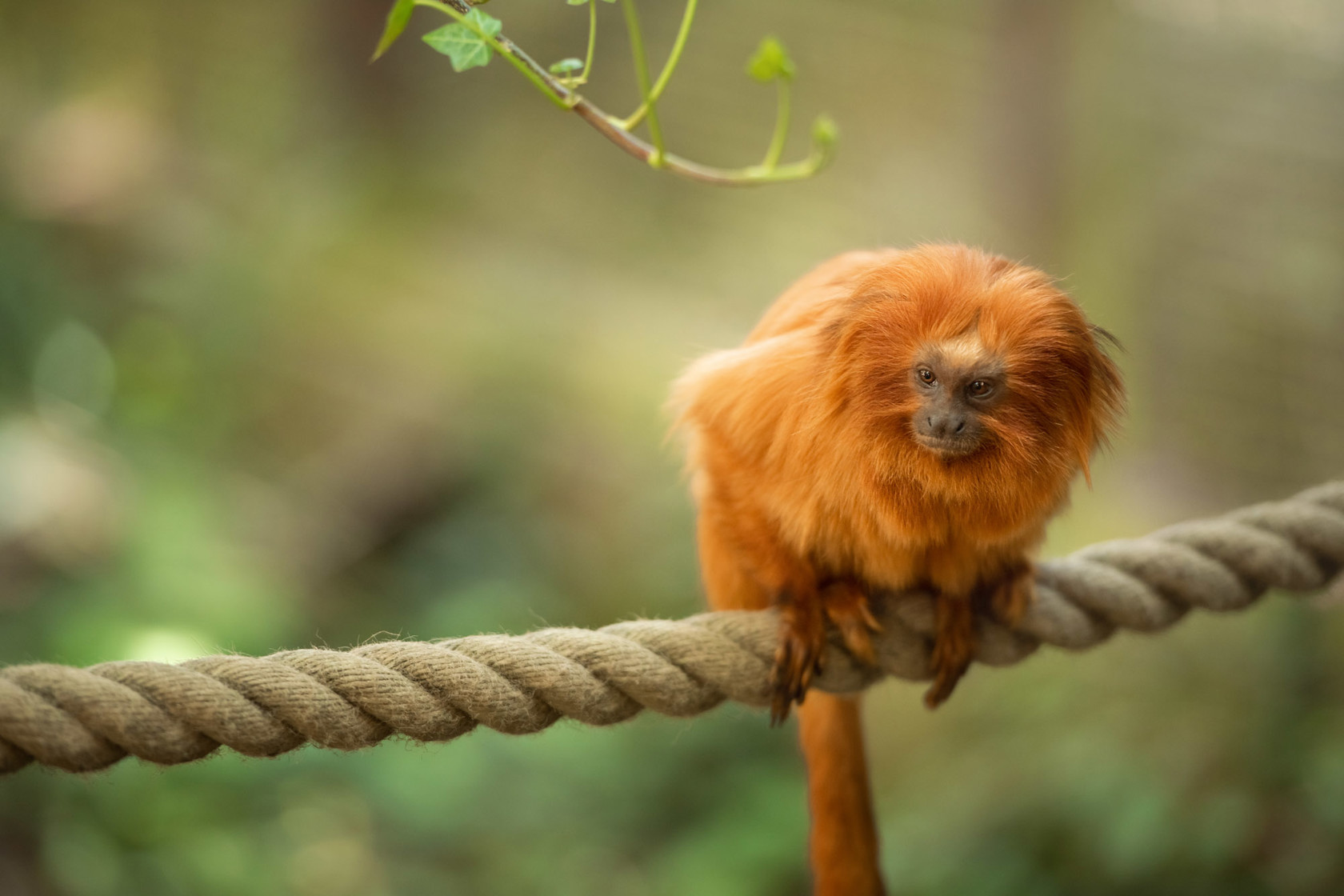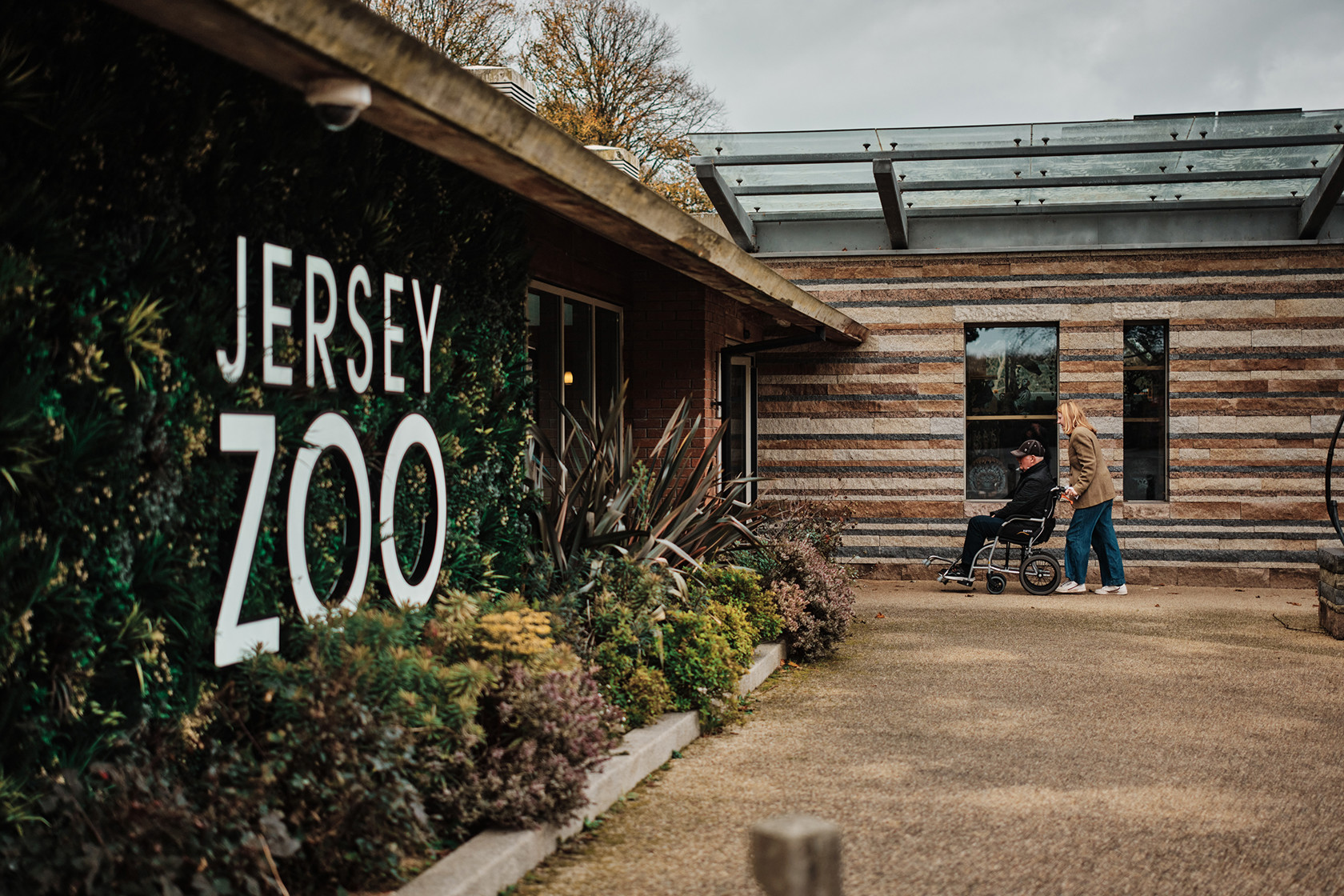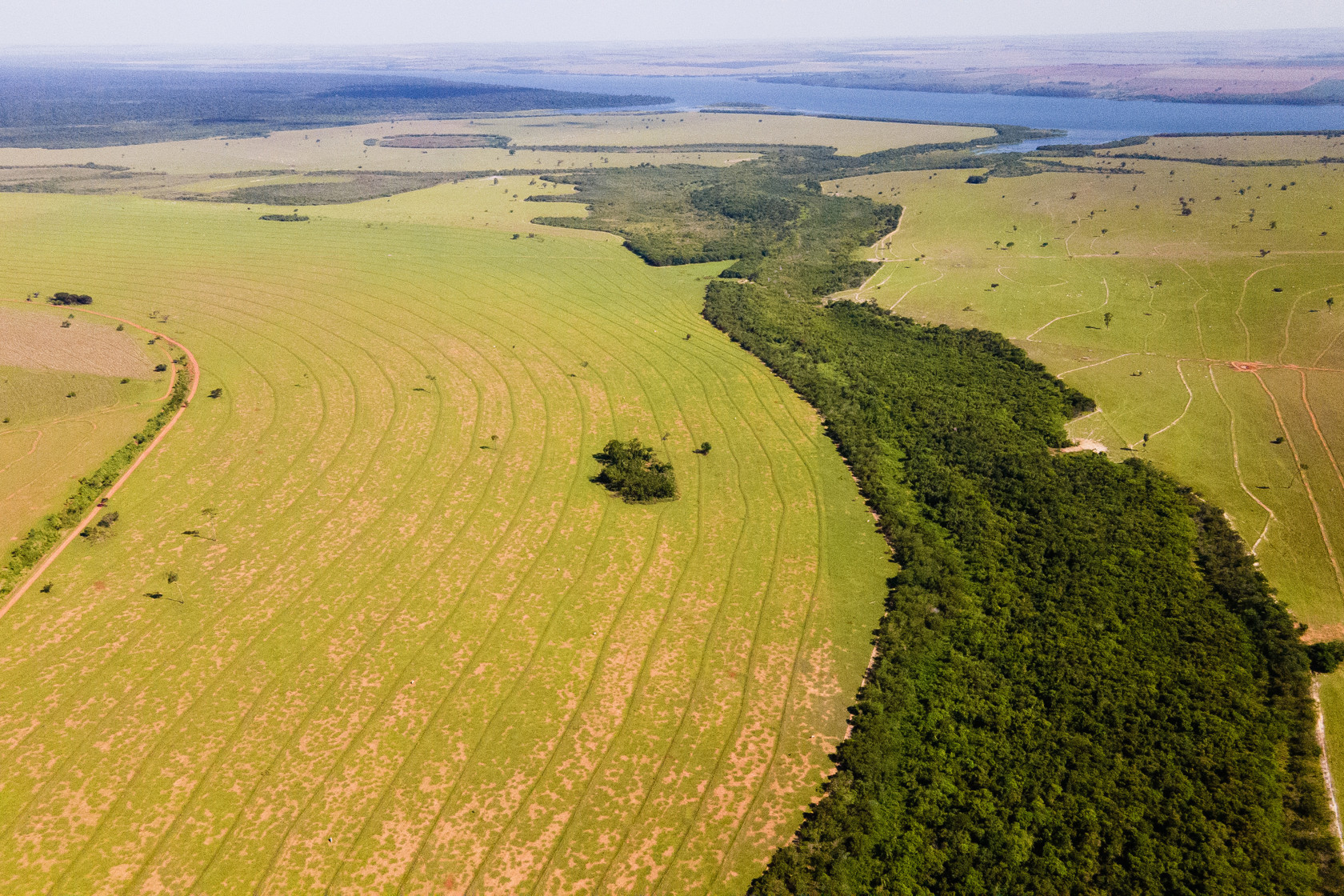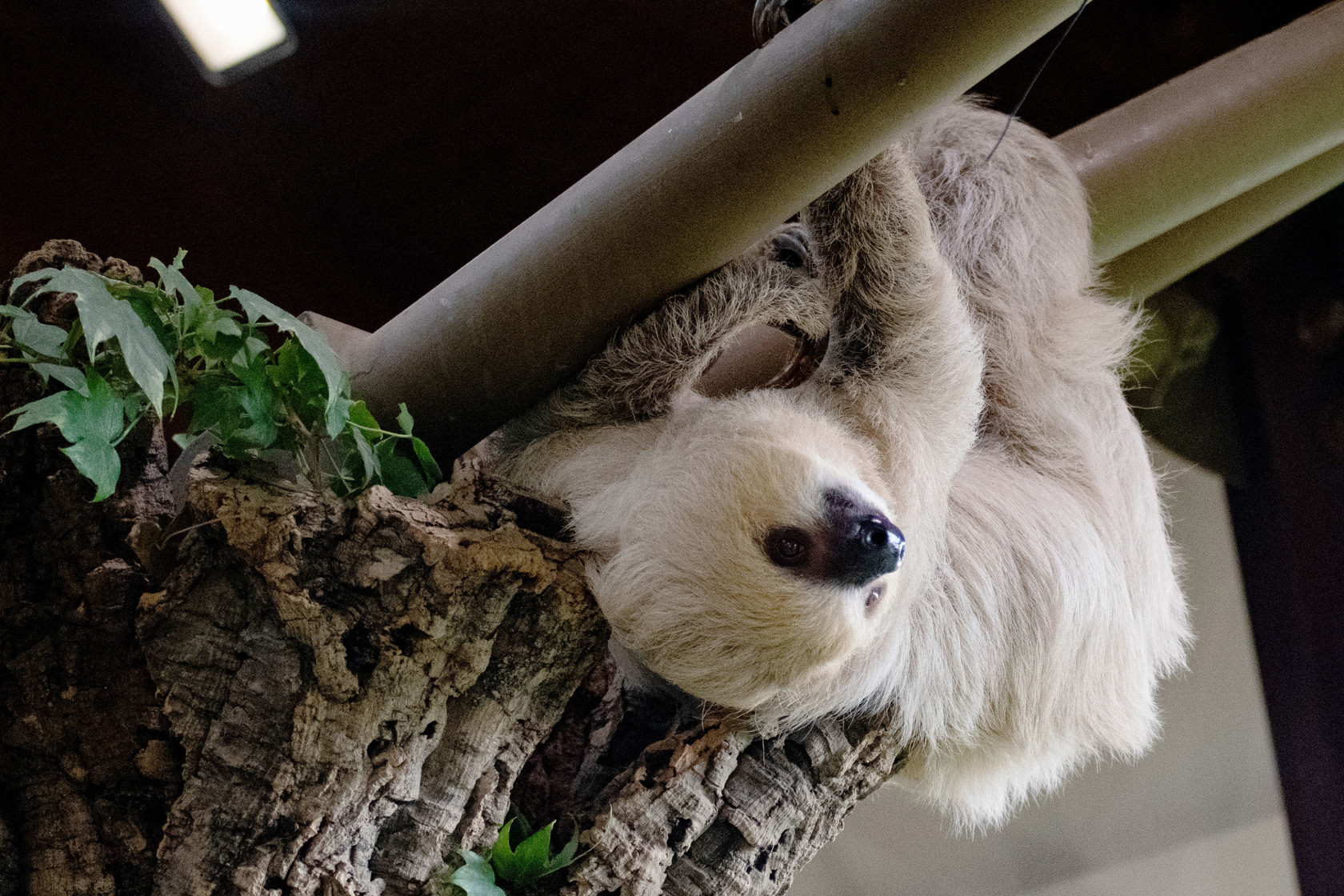Durrell plays a vital role in the worldwide effort to prevent species extinctions
A study led by Newcastle University and BirdLife International has shown that conservation action has prevented the global extinction of up to 48 species of bird and mammal since 1993. Out of the 60 highly threatened species that were considered in the analysis, Durrell has led programmes or played a significant role in the conservation effort for 11 of them – the equivalent of 18%.
These species include the pygmy hog, echo parakeet, pink pigeon, Rodrigues warbler, Madagascar pochard, mangrove finch, and black lion tamarin. There are also species for which Durrell has contributed major support, such as captive breeding, extensive training or long-term technical advice. Namely the golden lion tamarin, Seychelles magpie-robin, northern bald ibis, and Bali starling.
Publishing their findings in the journal Conservation Letters, an international team of scientists, including two authors from Durrell, have estimated the number of bird and mammal species that would have disappeared forever without conservation efforts in recent decades. Dr Richard Young, Durrell’s Director of Conservation Knowledge, says, “This major study shows that conservation works, and it is absolutely possible to prevent species going extinct. It demonstrates that Durrell is playing a vital role in the worldwide effort to save the most threatened species on Earth.”
The research team used the International Union for the Conservation of Nature’s (IUCN) Red List to identify bird and mammal species that are or have been, on the brink of extinction. Information was then collected on their population sizes, trends, threats and actions taken in order to estimate the likelihood that each species would have disappeared forever without the hard work and dedication of conservationists. The team’s findings demonstrate that without conservation, the rate of extinction would have been around 3-4 times higher.
The study showed that nine mammal species benefitted from reintroductions and captive breeding, while 14 species were protected through legislation. For the bird species included in the study, 20 benefitted from captive breeding, 21 were protected through the control of invasive species and 19 through habitat protection.
The pink pigeon, for example, was once considered to be one of the rarest birds on the planet, with just ten individuals thought to remain in the wild. Its population had declined rapidly during the 1970s due to deforestation and the introduction of invasive predators, however, thanks to conservation actions including captive breeding and invasive species eradication, the pink pigeon was brought back from the brink and is now celebrated as a true success story.
A single declining population of pygmy hogs was once all that remained of this species in the wild. Initiated by Durrell in 1995, the Pygmy Hog Conservation Programme (PHCP) is now one of the most successful captive breeding and reintroduction programmes in the world, with over 430 hoglets born since 1996 and 128 hogs released into protected areas in Assam since 2008. PHCP currently holds 85 hogs across two breeding centres, which are a vital piece of this conservation jigsaw puzzle, not only providing animals for reintroduction but acting as a safety net population should the species go extinct in the wild.
“While this study shows that conservation efforts are working, there are still, however, so many more species that need attention otherwise they will disappear forever,” Dr Young continued. “We need significantly greater resources for conservation in order to make this happen.”
Photo credits: Charles White (news page image & image 2: golden lion tamarin), Rachel Hughes (header image: black lion tamarin), James Morgan (image 1: echo parakeet), Nik Cole (image 3: pink pigeon), Craig Jones / Durrell (image 4: pygmy hogs)

